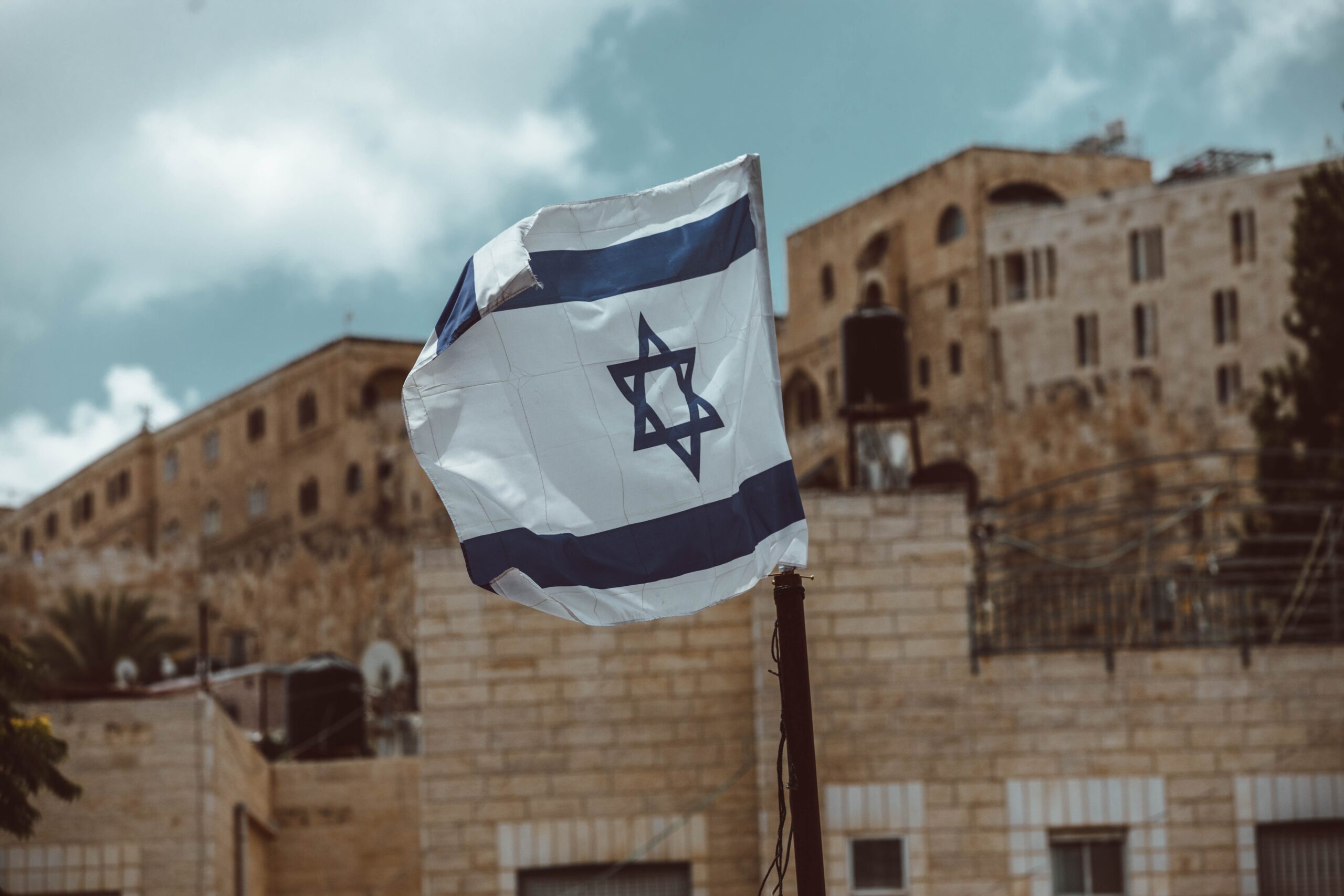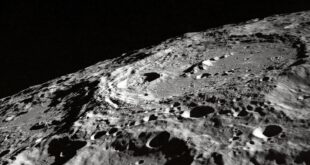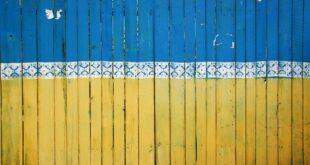Here at the CRCC, we stand for the Commonwealth, Realms & CANZUK, and today is a national day for a nation within all three categories: Canada. Canada Day, celebrating the Confederating of the different colonies into one Dominion of Canada, is Canada’s national holiday celebrated every July 1st, and this is a special day; Canada’s 150th birthday.
From 1865 to the present day, Canada has grown to be one of the world’s most successful countries, with a population of 36,000,000 people and tenth largest economy, powered by the world’s second largest country by land area. Sometimes referred to as “America’s nice cousin”, this is a great oversimplification, as well as somewhat of an insult to Canadians and Americans alike.
To celebrate Canada Day here at the CRCC & Daily Globe, we would like to recall the history of the Dominion of Canada, to assist non-Canadians to understand and enjoy Canada Day.
First to arrive in what we now know as Canada were the natives, who are known in the Dominion as the ‘First Nations’ – an explanatory and accurate title. Due to their prehistoric origins and decentralised forms of government, they have not had the same effect on the nation of Canada as the later settlers from Europe.
The first of these were the Vikings, who arrived in Newfoundland in the 1000s. They called it “Vinland”, with the most famous remains being L’Anse Aux Meadows in northern Newfoundland, where an entire settlement remains. However, the Vikings were unable to remain in Canada, due to the continued resistance of a number of First Nations tribes in the area.
The next explorers to reach what we now know of as Canada was John Cabot, an Italian explorer, commissioned by the English King Henry VII, who arrived in 1497. From here onwards, the English, and later the British did not do much to follow up their initial first step, and the French were the first to begin the process of colonisation. Throughout the 1500s, they would try to colonise the St. Laurence River – an area they referred to as ‘Canada’.
Canada would not be economically lucrative until the discovery of the fur trade in the 1600s. Then a Frenchman, Samuel de Champlain arrived. He founded Quebec City in 1608, which remains the capital of Quebec to the present day. The Scots tried later, but they could not remain in what became Nova Scotia. Thus it remained until the 1700s, when the British claimed the area around Hudson Bay and Newfoundland. They did not have any colonists in the area, but their ‘American’ colonies were growing in size and strength. The irony was that it would be the Americans who would create Canada in the many wars in the 18th Century. The final victory came in the Seven Year’s War, known as the ‘French & Indian War’ in the US. In this campaign, the British colonists, British, their native allies (the Iroquois) defeated the French and their native allies.
The first key treaty to create Canada was the Treaty of Paris in 1763. Here the French gave all of Canada to the British (expect two islands off the coast of Newfoundland). They did not view it as important; indeed Voltaire described it as “A Few Acres of Snow”. The British, realising they now controlled a large population of “enemy aliens” decided, very wisely, to allow them to continue their traditional lifestyle, religion, language and law (Quebec is the only area in Canada to use a Civil Law). This strategy paid of handsomely: With much of their lifestyle remaining the same, the Quebecois were mostly unified in their loyalty to the British Crown in the American War of Independence, and provided men and materials for the defence of Canada, and especially Quebec.
Despite the American victory, not all of the British colonies in North America were lost. Canada, both English and French – which had just been on the opposing side in the Seven Years War remained firmly Loyalist. No longer were the provinces that would form Canada – Upper (Ontario), Lower (Quebec) and Nova Scotia – loyalist, as if to describe their personal politics, they were Loyalist as provinces, colonies and territories, and greatly distrustful of the ‘Americans’: It was unifying. Those who supported the Patriots moved south. The Americans who remained Loyal to the Crown moved up. This mass move, resembling the partition of India, created a homogenous pair of nations – bitterly opposed to each other.
Yet the American War of Independence is not the major issue that springs into the Canadians mind if you ask them of a major historical war that created Canada. That was the War of 1812. It must be remembered that at this point, wars were extremely frequent – the Royal Navy was effectively always in battle between the 1600s and 1800s.
The War of 1812 is important because it cemented Canada’s position in the Empire & Commonwealth, as a Realm and member of the CANZUK quartet. It is also a central part of Canada’s national myth. The war was most noted by the small British garrison supported by large Quebecois and English speaking Canadian and native militia fiercely fighting for their homelands. Once again, the tolerant treaty which granted the Quebecois their law, language, religion and way of life despite British rule paid off.
Control of the Pacific coast remained disputed between the British, Americans and Spanish up to the 1800s, but the British would colonise British Columbia – as opposed to American Columbia; a territory which later became Oregon and Washington – in the 1850s and ‘60s, by which time the whole of what we nowknow of as Canada was under British control or claim.
Far more important was the establishment of local government in the 1830s – at the time known as ‘Responsible Government’ in Nova Scotia, and in the unified province of Canada, which had been formed by merging Ontario and Quebec. This merger would only last until 1867, when Canada became a Confederated Dominion after three years of negotiations and debate. Then only including Ontario, Quebec, New Brunswick, and Nova Scotia, it set the scene for future growth and development. Canada would expand as in 1870 all of modern Canada apart from British Columbia, Newfoundland & Labrador.

The prairie provinces of Saskatchewan and Alberta joined the Confederation in 1905. Manitoba was founded from the area around Winnipeg in 1871, and British Columbia joined later than year. Newfoundland & Labrador would join in 1949.
The First World War shaped Canada. Having mobilised 620,000 men and suffered 39% of them as casualties, they insisted of being given a separate place at the Treaty of Versailles in 1919. Yet while the war solidified Canada’s reputation abroad, it also divided the home: there were riots in Montreal in both world wars due to conscription, and there would be two referenda in Quebec on independence in the late 20th Century.
1931 saw Canadian Independence. As they had claimed in 1919, the Statute of Westminster announced that Canada was an equal nation within the British Empire as Britain itself, and as a self-governing Dominion. The final tie would be broken in 1982 when Britain gave up the power to change the Canadian constitution. Canada grew between the wars with the mass immigration from Europe, continuing that which occurred between Confederation and the First World War. These immigrants especially settled in the prairie, and there are still minor communities, especially in Alberta and Saskatchewan.
As a resource-rich economy, the Great Depression did not substantially effect agrarian & rural Canadians compared to the US or Europe, but caused mass disruption to the industrial economy. This had knock-on effects for the mining communities and so Canada was by no means saved from the depression until the arrival of the Second World War.
The Second World War saw Canada possess the world’s third largest navy and was key in the mass training of Commonwealth aircrew for the fight against Nazi Germany and Imperial Japan. It led on to, like Britain, found a welfare state and join NATO as founding members. The personal intervention of Canadian PM John Diefenbaker in 1962 was key in ensuring the Skybolt Crisis was averted. This was over the UK’s possession of an independent nuclear deterrent, which they insisted upon while the US under Kennedy were opposed to. The 1960s saw the Expo ’67 in Montreal and the new maple leaf flag, which eliminated the Union Jack in the corner, and again split the nation. Far longer lasting was the rise of Quebec nationalism, which peaked in the the 1970s, with the October Crisis. This, a ‘troubles’ type of military confrontation involved kidnappings, a murder and a mass military presence in Quebec.
From 1968 to 1984, Canadian PM Pierre Trudeau left his mark on Canada, and one that remains to this day: multiculturalism, bilingualism and distancing from Britain and Europe. Canada became its own nation in the world, and opposed to being in any nation’s shadow. Some of his policies also led to further polarisation between the agrarian prairie provinces and the major urban centres of Montreal, Toronto and Vancouver. He defeated a referendum on independence from his native Quebec, which would later resurface in 1995 when it was defeated a second time with a microscopic margin of 1%.
The last two decades have seen steady Canadian economic growth, along with swings between the two major parties, the Conservatives and Liberals. Canada avoided much of the 2008 Great Recession, due to their tight regulation of the banks. Indeed, the Governor of the Bank of Canada was hired in 2013 to become the Governor of the Bank of England – the first person to hold that office while not being a British Citizen.
Canada remains a key player on the international stage, and a member of the G8 international group. It remains the same at home; open, tolerant, accepting and Voltaire’s infamous “snowy acres”, which proved to be remarkably more valuable in natural resources that he could have ever imagined.
Canada Day celebrations are “devolved”; often locally organised parties and events, as the Canadians celebrate it themselves in their own individualistic way, which truly must be Canadian in itself. One thing is common: the wearing of Red & White; Canada’s national colours.
We here at the CRCC & Daily Globe will be celebrating Canada Day, and we wish all Canadians a very happy Canada Day. We also celebrate the beneficial effect Canada has had own the globe and a key Commonwealth Partner, standing for justice and equality.
Happy Canada Day!
Pictures courtesy of:
By No machine-readable author provided. Golbez assumed (based on copyright claims). – No machine-readable source provided. Own work assumed (based on copyright claims)., CC BY 2.5, https://commons.wikimedia.org/w/index.php?curid=575707
Found at: http://www.hww.ca/en/issues-and-topics/canada-150.html
 Daily Globe British Values, Global Perspective
Daily Globe British Values, Global Perspective




Excellent Isaac. My son is about to become a dual British-Canadian national having married a Canadian of Criation extract many years ago. They live in Mississauga on the outskirts of Toronto.